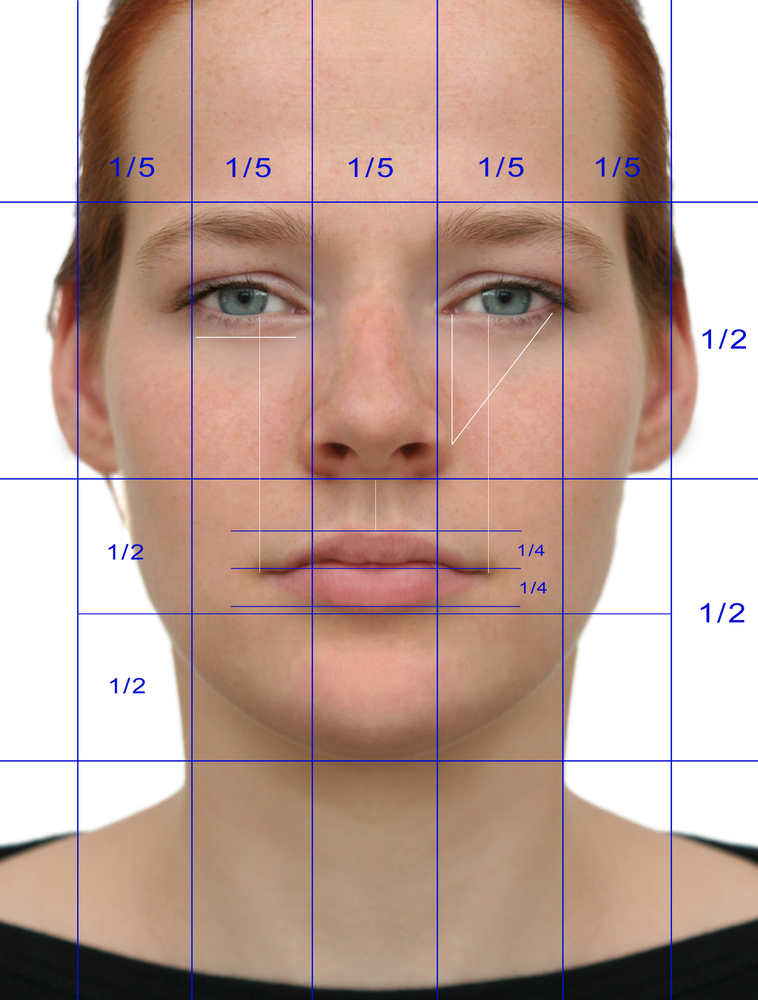Head and neck cancers account for about 4% of all cancers in the United States. Head and neck cancers detected early are generally considered to be very treatable and curable. A little background knowledge can help patients get an early diagnosis, which offers the best chance of successful treatment. Continue reading to learn about this type of cancer and how Anne Arundel ENT can help you.
Types of Head And Neck Cancers
Cancers, collectively known as head and neck cancers, usually begin in the squamous epithelium of the mucosal surfaces of the head and neck such as the mouth, pharynx, and larynx. Head and neck cancers can also start in the salivary glands, sinuses, or muscles or nerves in the head and neck area, but these cancers are much rarer than squamous cell carcinomas. Cancers of the brain, eye, esophagus, thyroid, and head and neck skin are usually not classified as head and neck cancers. Specific types of head and neck cancer include:
- Laryngeal and hypopharyngeal cancer
- Nasal cancer
- Nasopharyngeal carcinoma
- Oral Cancer
- Oropharyngeal cancer
- Sinus cancer
- Salivary gland cancer
Head And Neck Cancers Causes And Risk Factors
Gender, bad habits, and certain diseases can increase the chances of you developing head and neck cancer. Common causes and risk factors and causes include:
- Using substances excessively: Tobacco use includes smoking cigarettes, cigars, or pipes, chewing tobacco, and snuff. It is the single largest risk factor for head and neck cancer. Researchers estimate that 70% to 80% of head and neck cancers are associated with tobacco use, and the amount of tobacco use affects prognosis, such as the chance of recovery. Additionally, secondhand smoke can increase a person’s risk of developing head and neck cancer. Frequent heavy drinking increases the risk of cancers of the mouth, throat, larynx, and esophagus. Using alcohol and tobacco together further increases this risk. People who smoke marijuana have a higher risk of developing head and neck cancer as well.
- Prolonged exposure to sunlight: This is especially relevant for lip cancer and head and neck skin cancer.
- Human papillomavirus (HPV): Studies have shown that HPV infection is a risk factor for head and neck cancer. Sex with someone infected with HPV is the most common way to get HPV. There are different types of HPV, called strains. Research has linked some HPV strains more closely to certain types of cancer. The HPV vaccine can prevent people from getting certain types of cancer. Learn more about HPV and cancer, and view the latest research for more information on HPV and head and neck cancer.
- Environmental or occupational factors: Breathing in asbestos, wood dust, paint fumes, and certain chemicals can increase a person’s risk of developing head and neck cancer.
- Poor eating habits: A diet low in vitamins A and B increases a person’s risk of developing head and neck cancer.
- Gender: Men are 2 to 3 times more likely than women to develop head and neck cancer. However, head and neck cancer rates in women have been rising for decades.
- Age: People over the age of 40 have a higher risk of developing head and neck cancer.
- Poor oral and dental hygiene: Poor oral and dental care can increase the risk of head and neck cancer.
- Gastroesophageal reflux disease (GERD) and laryngopharyngeal reflux disease (LPRD): Reflux of stomach acid into the upper airway and throat may be linked to the development of head and neck cancer.
- Weakened immune system: A weakened immune system can increase a person’s risk of developing head and neck cancer.
- Radiation exposure: Radiation exposure has been linked to salivary gland cancer.
- Genetics: People who have had 1 head and neck cancer in the past are more likely to get another head and neck cancer in the future.
Common Signs and Symptoms Of Head And Neck Cancers
Symptoms of head and neck cancer may include a lump in the neck or a sore in the mouth or throat that may not heal and may be painful, a sore throat that does not go away, difficulty swallowing, and a voice change or hoarseness. These symptoms can also be caused by other less serious conditions so consult with a doctor for a proper diagnosis.
Treatments For Head And Neck Cancers:
Treatment for head and neck cancers may include surgery, radiation therapy, chemotherapy, targeted therapy, immunotherapy, or a combination of procedures. An individual patient’s treatment plan depends on many factors, including the location of the tumor, the stage of the cancer, and the patient’s age and general health. Anne Arundel ENT & Facial Plastic Surgery is trained and experienced in the medical and surgical treatment related to this form of cancer.
If you are located near Annapolis, MD, Anne Arundel ENT & Facial Plastic Surgery provides treatment options for a variety of head and neck problems, as well as treatments for infections and tumors affecting the same area. Our team has 20 years of experience assisting patients in Annapolis, Baltimore, and Washington areas with medical care, facial plastic surgery, and medispa services. For an appointment call 410-573-9191 today.








